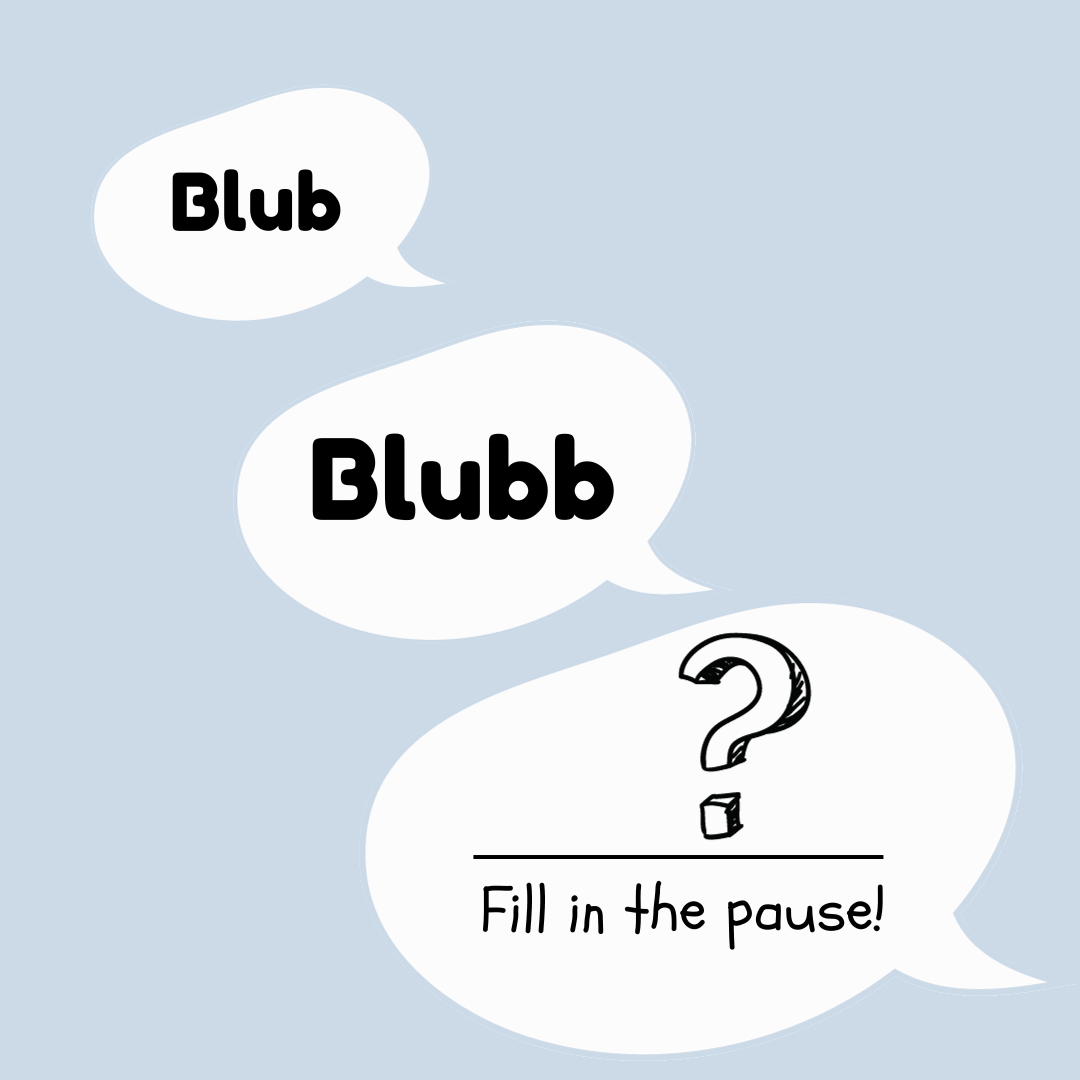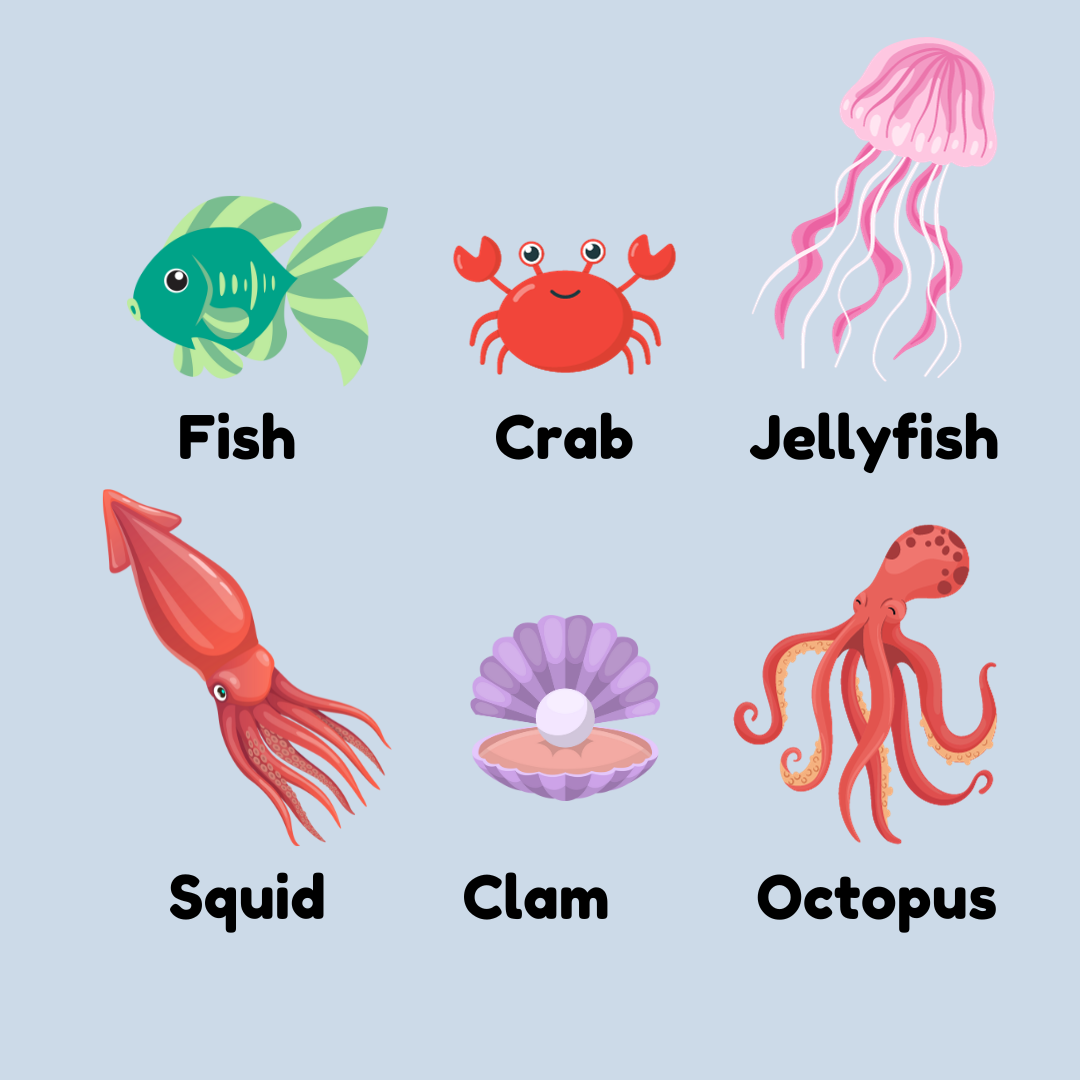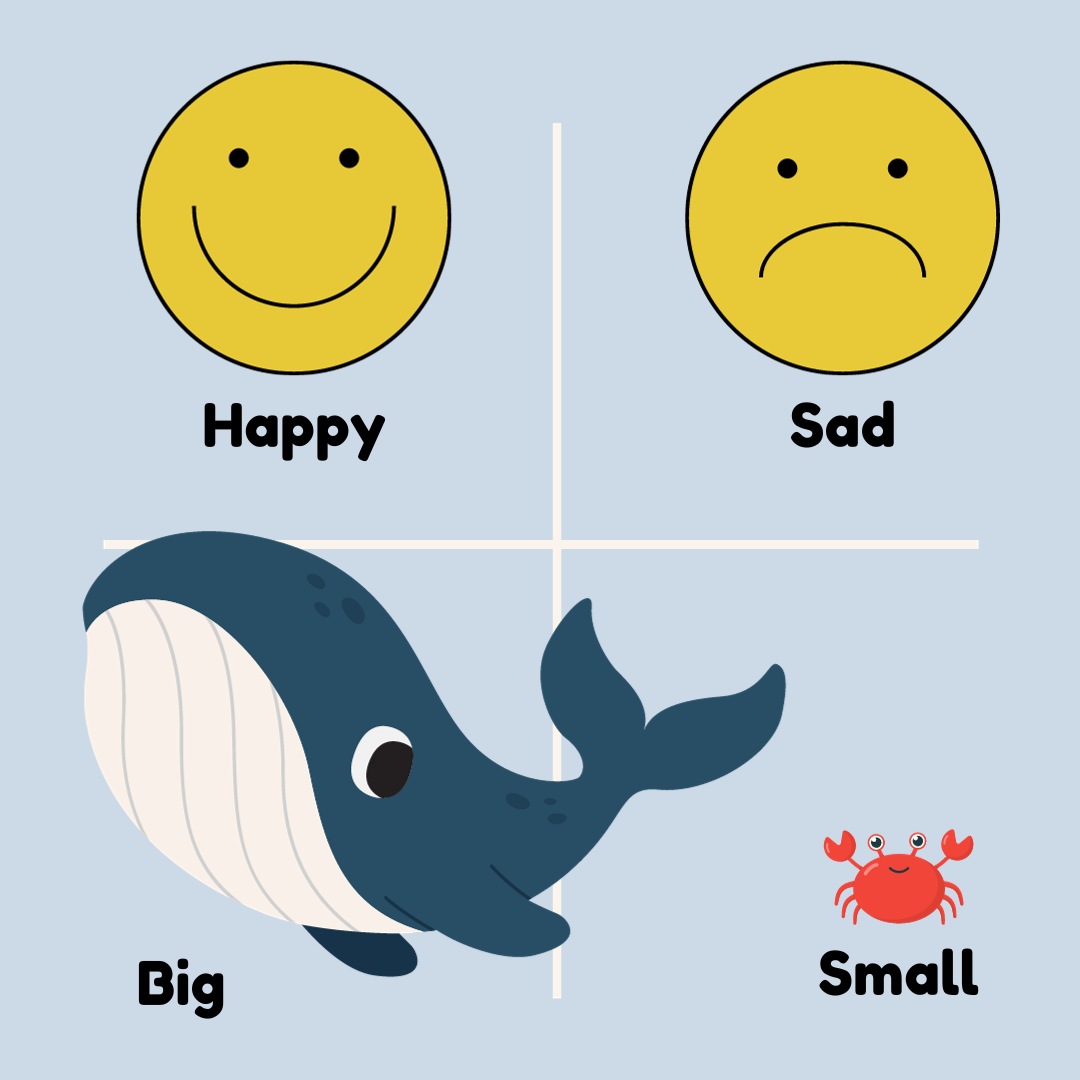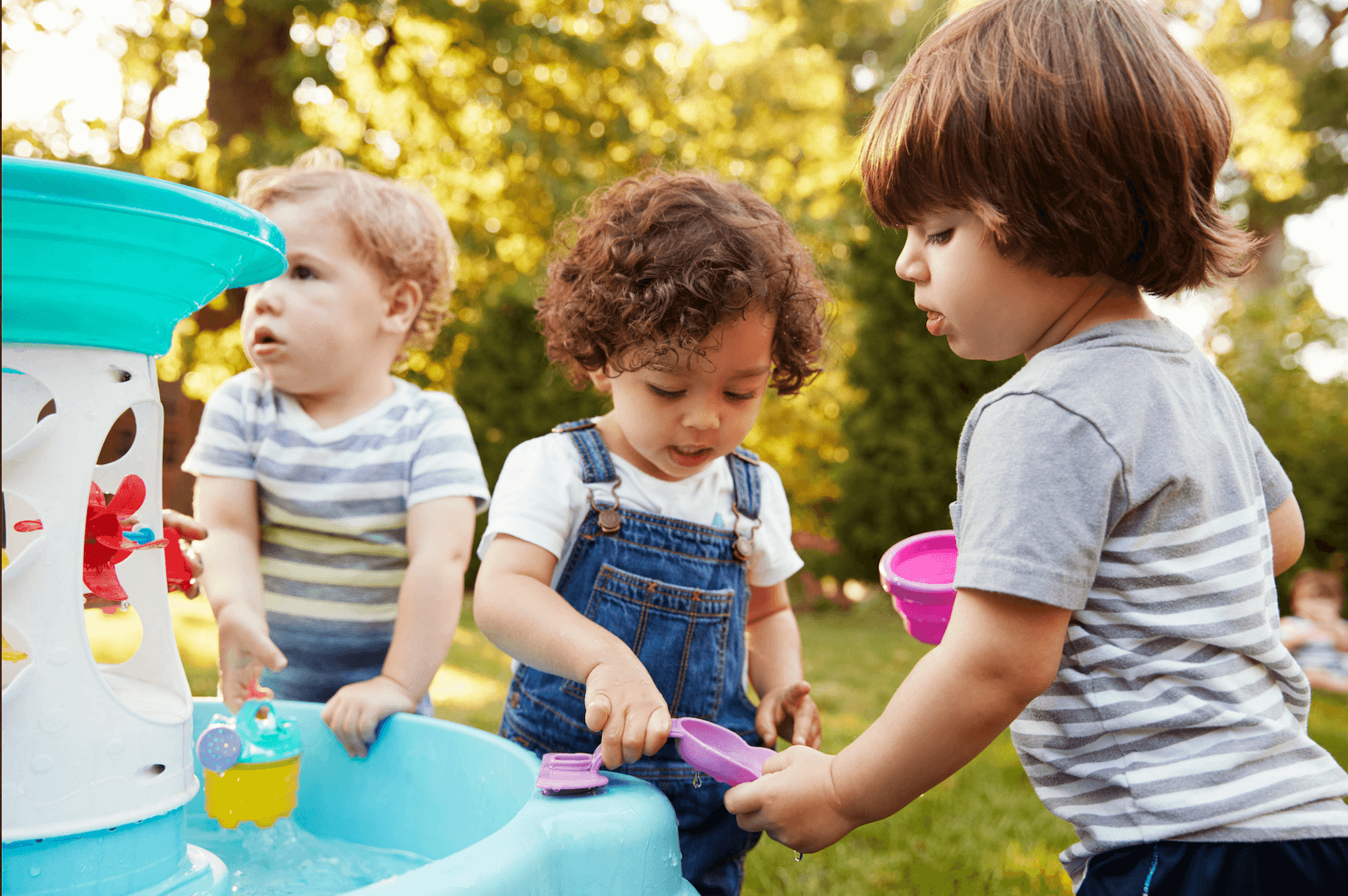Dive into Language Learning with the Pout Pout Fish!
This post contains affiliate links. As an Amazon Associate, Toddler Talk earns from qualifying purchases. Proceeds help support these resources.
Are you searching for new ways to help your toddler with their language skills at home? The lovable Pout Pout Fish can be your perfect sidekick on this journey.
As your child grows, their language abilities change, and the Pout Pout Fish book provides unique ways to support them at different stages. Whether your little one is just starting to mimic sounds or already saying words, this book is a fun and educational tool for language development.
Let's dive in and explore three practical ways to use the Pout Pout Fish book for language learning:
1. Fill in the Blank and Act It Out: Blub Blub Blubbbbb!
Perfect for toddlers who communicate mostly with gestures or are starting to repeat sounds and words.
In the world of the Pout Pout Fish, you'll encounter an endearing character who sometimes says, "Blub Blub Blubbbbb!" Why not have your child join the fun and repeat this catchy phrase? Not only will it engage their language skills, but it will also have them giggling at the delightful sounds they're making. Sometimes practicing with imitation of silly or fun sounds can be the best place to start, as they are often easier for children to pronounce and copy. (Of note, we don’t expect toddlers to pronounce the L sound, so this may sound like “Bub!” and that’s totally fine!)
Related: Play Sounds - the gateway to first words
To make it even more interactive and add another element of learning, you can act out or interact with parts of the book. For example, give the sea creatures in the book a little "smooch." This activity can help your child associate action words with their meanings. You can also substitute your own words for “smooch,” for example if your family says “kiss” it’s okay to sub that word in so your child can learn the meaning of the words your family uses.
2. Name the Sea Creatures and Fill in the Blank: I'm a ____ fish, with a _____ face.
Ideal for toddlers who have started saying some words.
As your toddler progresses in their language journey, it's time to dive deeper into the ocean of words. The Pout Pout Fish book features an array of charming sea creatures, including fish, a clam, crabs, a jellyfish, a squid, starfish, and more. Take a moment to name these creatures and point them out. And your child doesn’t have to sit through the story to participate in this activity. You can flip through the pages in any order (doesn’t have to be front to back) and name one thing you see on each page. It is best to get some repetition in so try naming each thing several times if possible throughout the story. For example, point to and name fish 10 times on any page you flip to where you see a fish. Engaging with the images and practicing their names will expand their vocabulary and boost their language skills.
Additionally, use the book's repetitive phrases like "I'm a __pout pout__ fish, with a __pout pout___ face" to fill in the blanks. This will not only make reading more interactive but also reinforce their grasp of language. And remember, you’ll most likely need to read the story several times for your child to learn its repetitive phrases and be able to fill in the blanks. So it may take several times of reading this same story before your child fills in the blank from memory. But if they love this story, because it has repetitive phrases, it can be a great opportunity for you to pause when reading and see if your little one will help tell the story.
3. Tell Your Own Story and Explore Feelings and Personality Traits: Happy or Sad, Big or Small?
Perfect for toddlers who can answer simple questions and express basic emotions.
The Pout Pout Fish is more than just a cute character; it's also a great conversation starter!
Use the book to discuss feelings with your little one. Talk to your child about how the fish feels sad or happy in different parts of the story. You can even ask them yes-or-no questions about their own experiences, like, "Does getting a kiss from Mommy make you feel happy?" or "Does leaving the park make you feel sad?" This encourages them to connect the story to their personal life, and extend the understanding of the words associated with the story to real life experiences where they can use it.
In addition to discussing feelings, you can also tell the story in your own words with your child. Rather than reading the words of the story, you can take turns commenting on what you see in the illustrations. This is also a great time to talk about personality traits or adjectives. Compare the big and small fish in the story or discuss the friendly creatures the pout pout fish encounters. Telling the story in your own words is a great way to practice back and forth communication with your child, and you might even be able to practice answering and asking questions.
Think about what your child might enjoy most or what words or ideas you want to teach them, and each time you read the story you can have a different focus in mind. This way you can teach your child many different ideas all with one book!
Have fun with the Pout Pout Fish book!
The Pout Pout Fish book is a versatile tool for supporting your toddler's language development. Whether your child is at the babbling stage or starting to speak, this delightful book offers a world of opportunities to engage, learn, and grow together. So, grab your copy, embark on an underwater adventure, and watch your toddler's language skills flourish! Happy reading!
And if you like the original Pout Pout Fish book, try other books in the series!
You might also enjoy these recent blog posts:
Written By: Stephanie Hatleli, MS CCC-SLP
© 2020-2025. Stephanie Keffer Hatleli, MS CCC-SLP. All Rights Reserved.
The content offered on ToddlerTalk.com is for informational purposes only. Toddler Talk is not engaged in rendering professional advice, whether medical or otherwise, to individual users or their children or families. No content on this site, regardless of date, should ever be used as a substitute for direct medical advice from your doctor, speech language pathologist, or other health professional. By accessing the content on ToddlerTalk.com, you acknowledge and agree that you are accepting the responsibility for your child’s health and well-being. In return for providing you with information related to home speech and language practice, you waive any claims that you or your child may have as a result of utilizing the content on ToddlerTalk.com.














